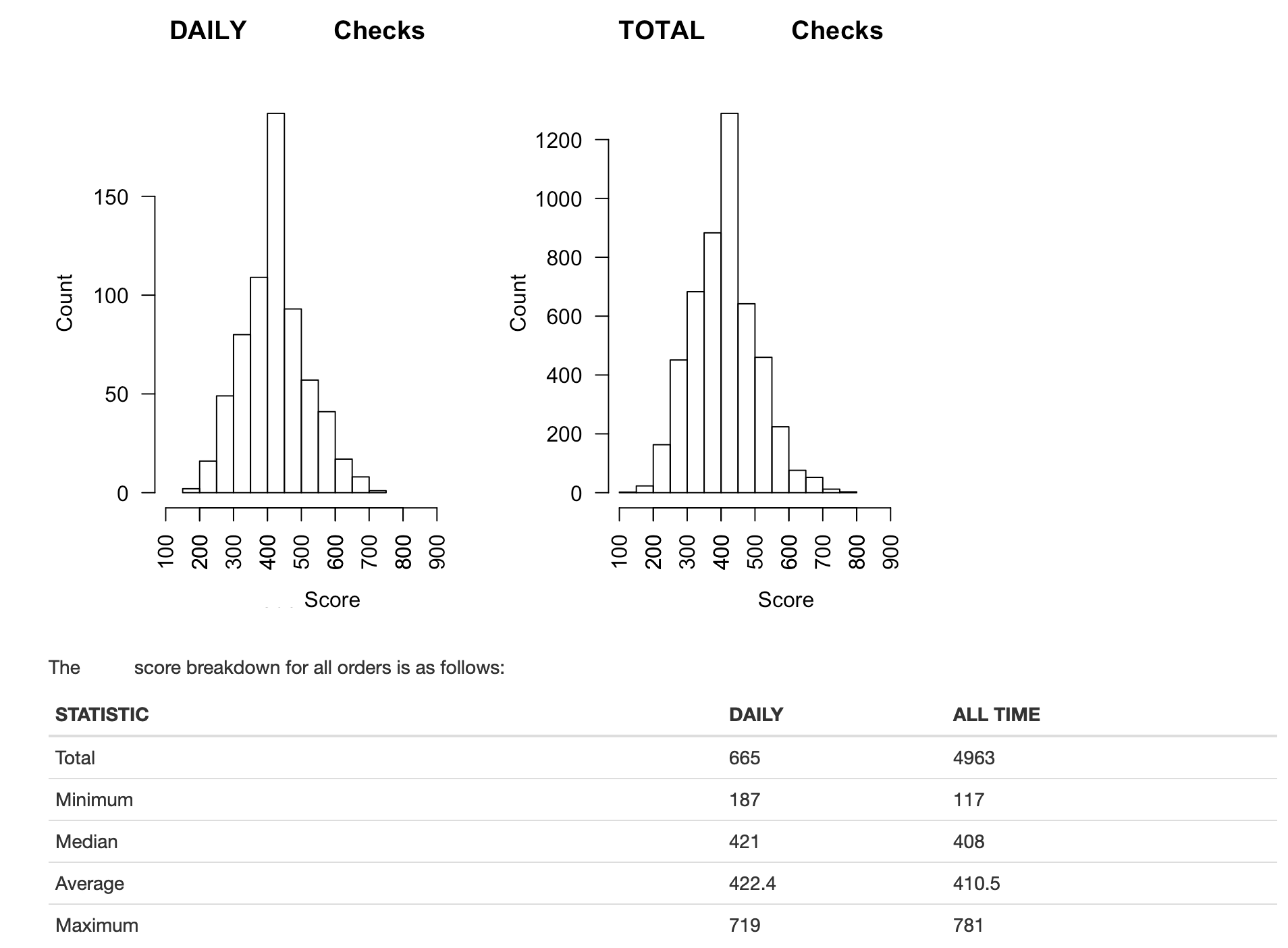A Data Scientist's Take on the Roadmap to AI
INTRODUCTION
Recently I was asked by a former colleague about getting into AI. He has truly big data and wants to use this data to power “AI” - if the headlines are to be believed, everyone else is already doing it. Though it was difficult for my ego, I told him I couldn’t help him in our 30 minute call and that he should think about hiring someone to get him there.
The truth was I really didn’t have a solid answer for him in the moment. This was truly disappointing - in my current role and in my previous role, I put predictive models into production. After thinking about it for a bit, there is definitely a similar path I took in both roles.
There’s 3 steps in my mind to getting to “AI.” Though this seems simple, it is a long process and potentially not linear - you may have to keep coming back to previous steps.
- Baseline (Reporting)
- Understand (Advanced Analytics)
- Artificial Intelligence (Data Science)
BASELINE (REPORTING)
Fun fact: You cannot effectively predict anything if you cannot measure the impact.
What I mean by baseline is building out a reporting suite.
Having a fundamental understanding of your business and environment is key. Without doing this step, you may try to predict the wrong thing entirely - or start with something that isn’t the most impactful.
For me, this step started with finding the data in the first place. Perhaps, like my colleague, you have lots of data and you’re ready to jump in. That’s great and makes getting started that much more straightforward. In my role, I joined a finance team that really didn’t have a good bead on this - finding the data was difficult (and getting the owners of that data to give me access was a process as well).
To be successfull, start small and iterate. Our first reports were built from manually downloading machine logs, processing them in R with JSON packages, and turning them into a black-and-white document. It was ugly, but it helped us know what we needed to know in that moment - oh yeah… it was MUCH better than nothing. “Don’t let perfection be the enemy of good.” - paraphrased from Voltaire.

From this, I gained access to our organizations data warehouse, put automation in place, and purchased some Tableau licenses. This phase took a few months and is constantly being refined, but we are now able to see the impact of our decisions at a glance.
This new understanding inevitably leads to more questions - queue step 2: Understanding.
UNDERSTANDING (ADVANCED ANALYTICS)
If you have never circulated reports and dashboards to others… let me fill you in on something: it will ALWAYS lead to additional, progressively harder questions.
This step is an investment in time and expertise - you have to commit to having dedicated resource(s) (read: people… it is inhumane to call people resources and you may only need one person or some of a full time person’s time).
- Why did X go up unexpectedly (breaks the current trend)?
- Are we over indexing on this type of customer?
- Right before our customer leaves, this weird thing happens - what is this weird thing and why is it happening?
Like the previous step - this will be ongoing. Investing in someone to do advanced analytics will help you to understand the fine details of your business AND … (drum roll) … will help you to understand which part of your business is most ripe for “AI”!
ARTIFICIAL INTELLIGENCE (DATA SCIENCE)
It is at this point that you will able to do real, bonafide, data science.
A quick rant: Notice that I purposefully did not use the term “AI” (I know I used it throughout this article and even in the title of this section… what can I say - I am in-tune with marketing concepts, too). “AI” is a term that is overused and rarely implemented. Data science, however, comes in many forms and can really transform your business.
Here’s a few ideas for what you can do with data science:
- Prediction/Machine Learning
- Testing
- Graph Analysis
Perhaps you want to predict whether a sale is fraud or which existing customer is most apt to buy your new product?
You can also test whether a new strategy works better than the old. This requires that you use statistical concepts to ensure valid testing and results.
My new obsession is around graph analysis. With graphs you can see relationships that may have been hidden before - this will enable you to identify new targets and enrich your understanding of your business!
Data science usually is very specific thing and takes many forms!
SUMMARY
Getting to data science is a process - it will take an investment. There are products out there that will help you shortcut some of these steps and I encourage you to consider these.
There are products to help with reporting, analytics, and data science. These should, in my very humble opinion, be used by people who are dedicated to the organizations data, analytics, and science.
Directions for data science - measure, analyze, predict, repeat!